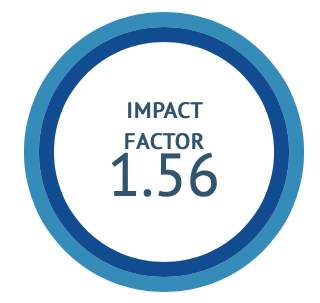Treating thin endometrium by Ayurvedic Medications: A Case Study
DOI:
https://doi.org/10.47552/ijam.v13i4.3136Keywords:
Thin Endometrium, Rajah-Kshay, Ras-Pachak, Rakta-Pachak, Uttarbasti, PhalaghritaAbstract
Infertility is one of the most prevalent chronic health disorders involving young adults. Infertility is defined as failure to establish a clinical pregnancy after 12 months of regular and unprotected sexual intercourse. Endometrium is one of the important factors for successful pregnancy. Endometrial thickness is a marker for endometrial receptivity and a prognostic factor for pregnancy. A thin endometrium is generally defined as endometrial thickness less than 7 mm. Thin endometrium adversely affect reproductive performance. A thin endometrium is generally defined as endometrial thickness less than 7 mm. This is a case report of a female patient with thin endometrium with a complaint of inability to conceive for 2 years of regular unprotected intercourse. The menstrual blood is the shedded functional layer of endometrium of the uterus. In Ayurveda, the term rajah is used for menstrual blood. So, this case is considered as Rajah-Kshay and is treated accordingly. The treatment plan includes Rasa & Rakta Pachak (Blood Purifiers) medications and Uttarbasti (Vaginal administration of liquid medicine) of Phalaghrita to increase Dharan kshamata (implantation) of endometrium. During the treatment period this patient’s endometrial thickness increased from 6.1 mm to 9 mm and menstrual flow increased. This led to her conception within 5 months of treatment and she delivered a healthy baby boy.
Downloads
Published
How to Cite
Issue
Section
License
Copyright (c) 2022 International Journal of Ayurvedic Medicine

This work is licensed under a Creative Commons Attribution 4.0 International License.
The author hereby transfers, assigns, or conveys all copyright ownership to the International Journal of Ayurvedic Medicine (IJAM). By this transfer, the article becomes the property of the IJAM and may not be published elsewhere without written permission from the IJAM.
This transfer of copyright also implies transfer of rights for printed, electronic, microfilm, and facsimile publication. No royalty or other monetary compensation will be received for transferring the copyright of the article to the IJAM.
The IJAM, in turn, grants each author the right to republish the article in any book for which he or she is the author or editor, without paying royalties to the IJAM, subject to the express conditions that (a) the author notify IJAM in advance in writing of this republication and (b) a credit line attributes the original publication to IJAM.




